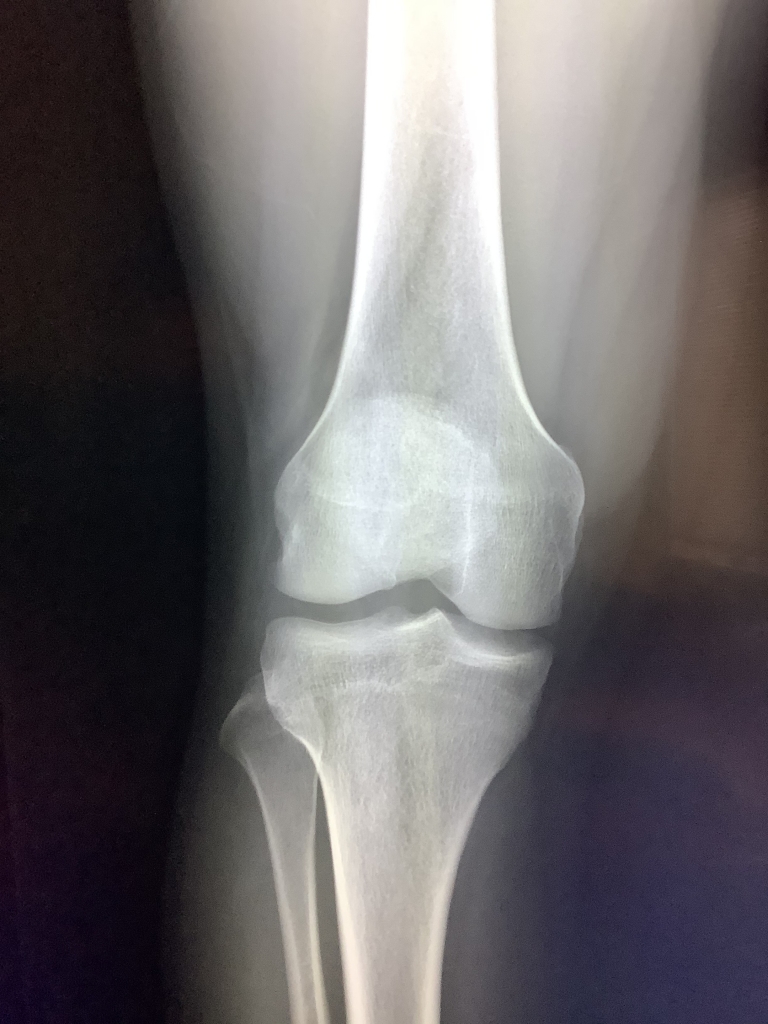X-ray Shadow
What is an X-ray shadow?
X-rays will be absorbed to differing degrees based on the density of human tissues. Denser tissues like bone will absorb more X-rays and cast white shadows. Less dense tissues will cast shadows which are shades of gray. Air filled tissue like lung will cast a black shadow.
What can an X-ray shadow be?
An X-ray shadow is simply an observation on an X-ray. An X-ray shadow may be the result of normal tissues, abnormal tissue or foreign objects in the body like devices.
A radiologist is a physician who specializes in the interpretation of medical images including X-rays. He is trained to make sense of all the shadows on an X-ray and make a diagnosis.
How about an abnormal shadow on a chest X-ray?
This does not indicate a specific diagnosis. An abnormal shadow on a chest X-ray can be an overlap of normal structures which makes it look like an abnormality. A shadow on a chest X-ray can also represent a growth, fluid in the lungs, or infection. We can usually know more about the growth when we do a CT scan.
What kind of shadow do we get from broken bones?
Bones normally cast white shadows since they absorb the X-rays. A fracture is a break in the bone and will let X-rays pass through. A fracture or break in the bone will be a dark interruption in the bone. Sometimes the bones are separated and the fracture is obvious.
What kind of shadow does cancer cause?
X-rays can show us some cancers.
In the lungs, cancer will be a soft tissue growth. A cancer will cast a white shadow on top of the normally black lungs.
Mammograms are X-rays of the breasts. A breast cancer when seen will cast a white shadow since it is a soft tissue growth.
Cancers of the bones will be seen as a mass in the bone. This can be a dark shadow or whiter shadow than the normal bone.
Cancers in many parts of the body will not be seen on X-rays.
What should be done next when an abnormal shadow is discovered on an X-ray?
Abnormal appearing shadows on an X-ray can further be evaluated with a CT or MRI. These more advanced tests allow us to look directly at the tissues. We can often make a specific diagnosis or at least provide guidance for further testing.
Should I be worried about an abnormal shadow on an X-ray?
An abnormal shadow on an X-ray does not necessarily mean cancer or other worrisome diagnosis. An abnormal shadow on an X-ray often does not indicate a specific diagnosis. We need further imaging and testing to reach a diagnosis.
Could an abnormal shadow on an X-ray turn out to be normal?
Yes. Sometimes we can be fooled on X-rays. For example, there can be overlapping normal structures which cast an abnormal appearing shadow. We can have normal variant anatomy that casts unusual shadows that look like an abnormality.
How do you treat an abnormal shadow on an X-ray?
You first have to know the underlying diagnosis before you treat anything. An abnormal shadow should be followed or evaluated with further testing and imaging.
X-ray shadow summary
X-ray shadows are simply observations on X-rays. They are the result of X-rays passing through different human tissues. Tissues like bones will cast white shadows while air filled lungs will cast black shadows. Abnormalities like growths or tumors will cast a white or gray shadow.
X-ray shadows do not indicate a specific diagnosis. A radiologist will interpret the X-ray and provide a diagnosis. An abnormal shadow may represent normal tissues, variant anatomy, or abnormality. Further testing may be done with more advanced imaging like CT and MRI.

